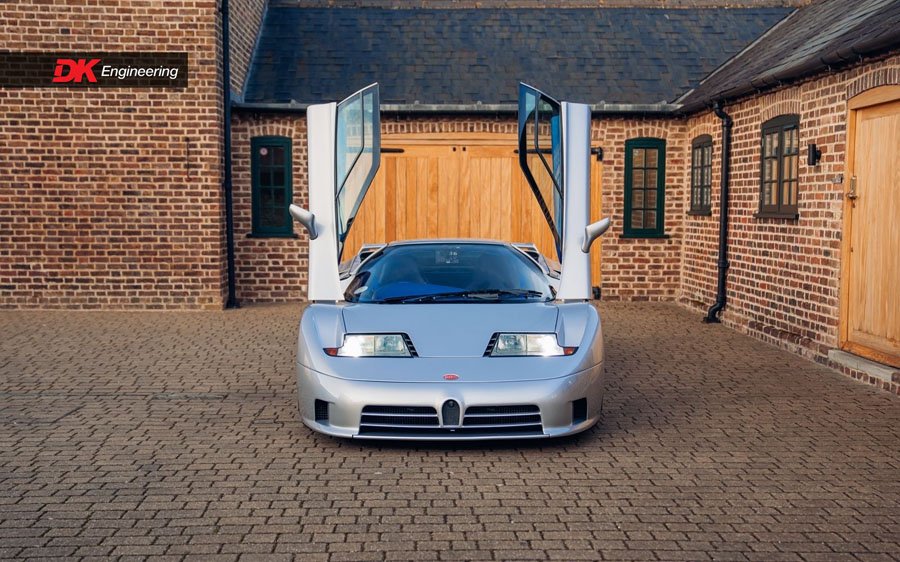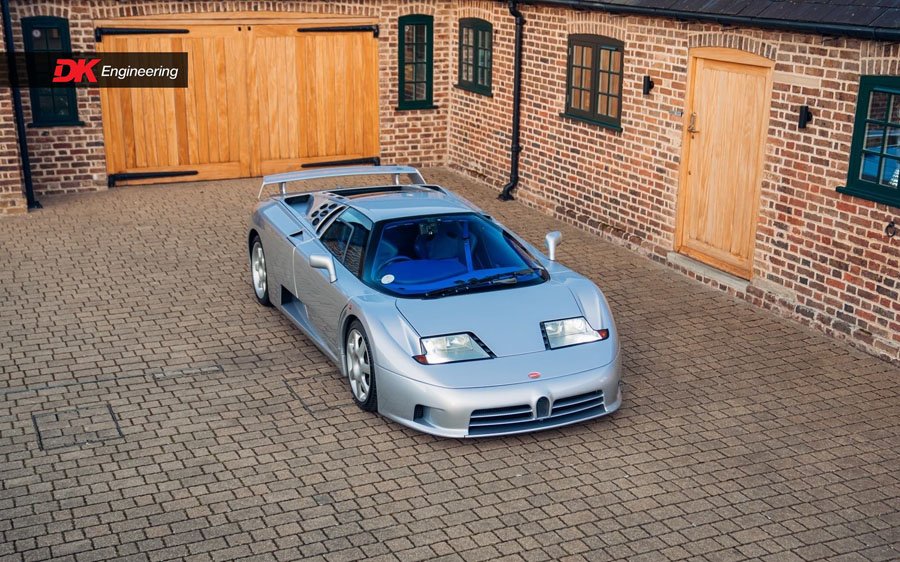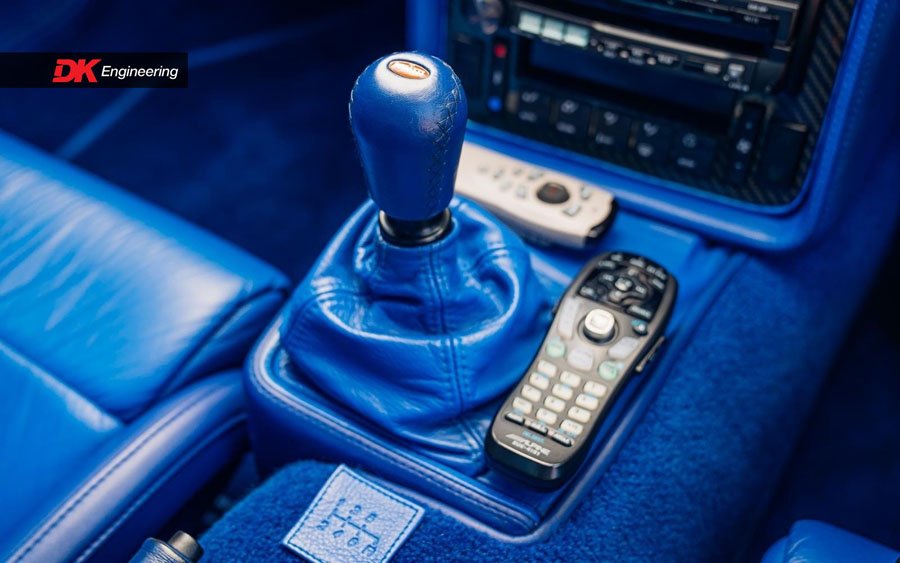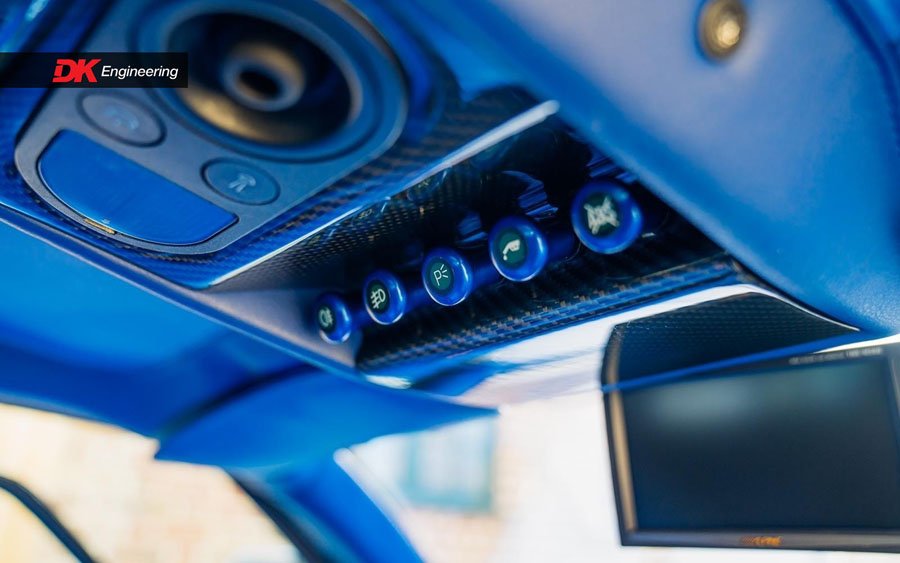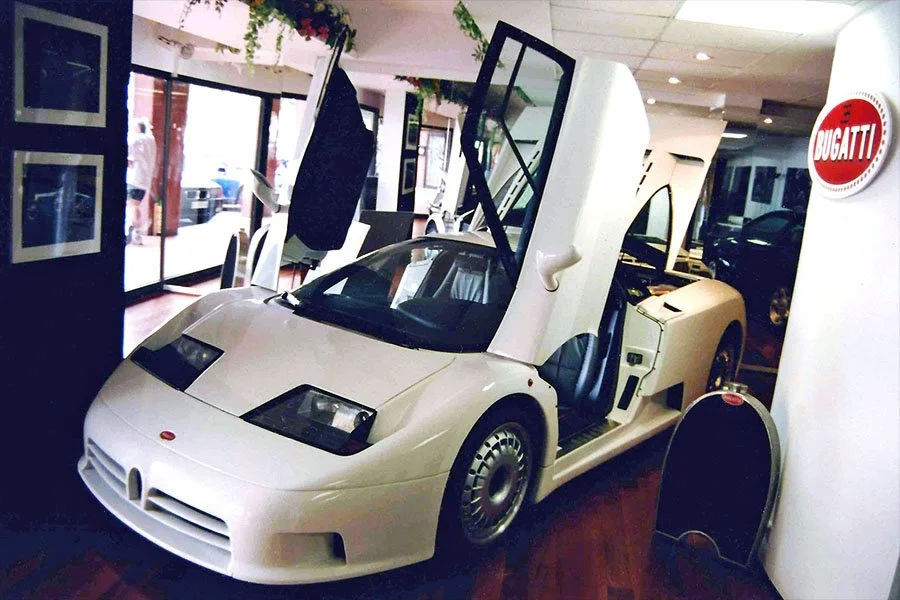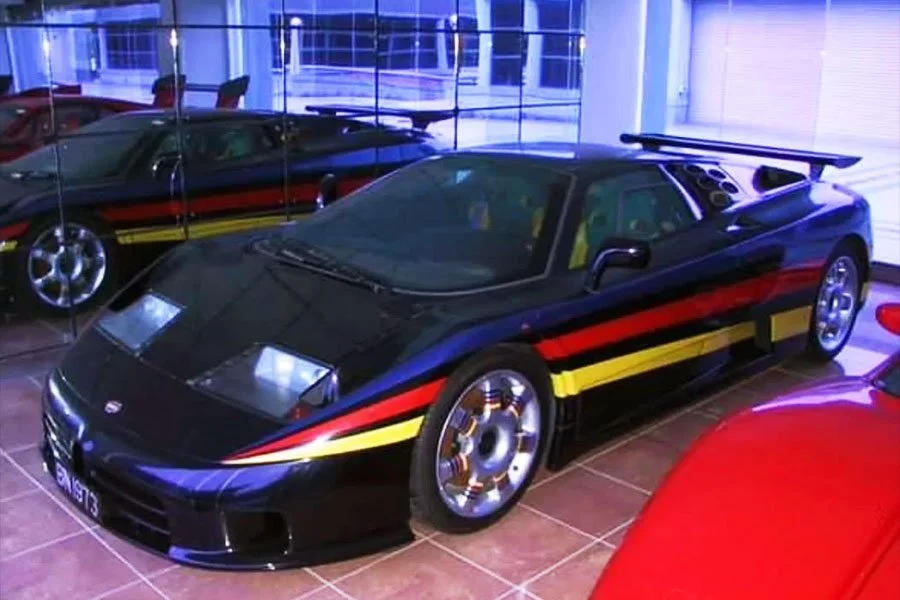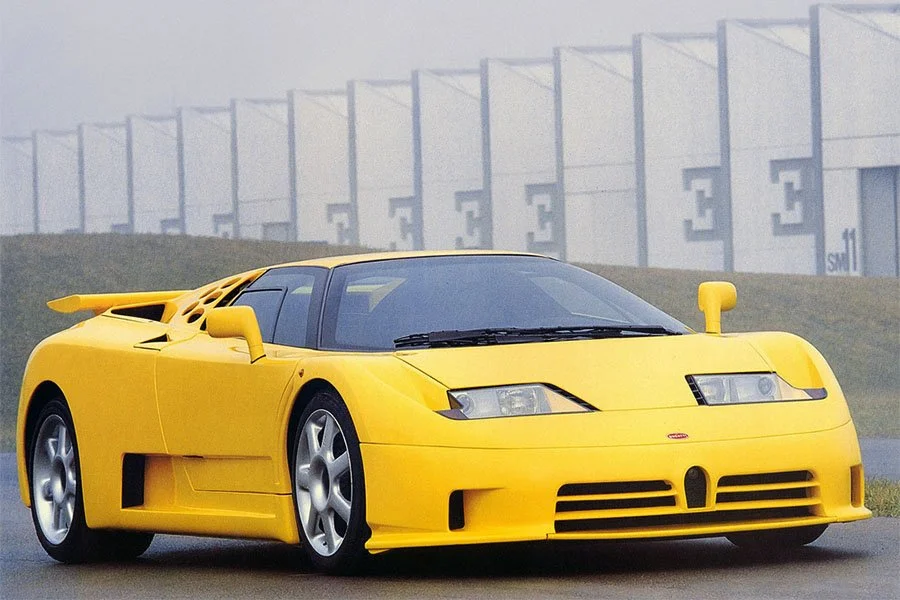One to Buy: 1993 Bugatti EB110 SS Prototype
/ Ben Tyer
In order to satisfy those customers for whom the original 553bhp EB110 GT did not quite hit the mark, Bugatti introduced the monster SS version at Geneva in March 1992.
In order to take the power output beyond 600bhp (611bhp to be precise), Bugatti cranked the boost pressure from 1.05 to 1.2 bar. The quad turbo 3.5-litre V12 also came with re-mapped engine management, larger injectors and a free-flow exhaust system.
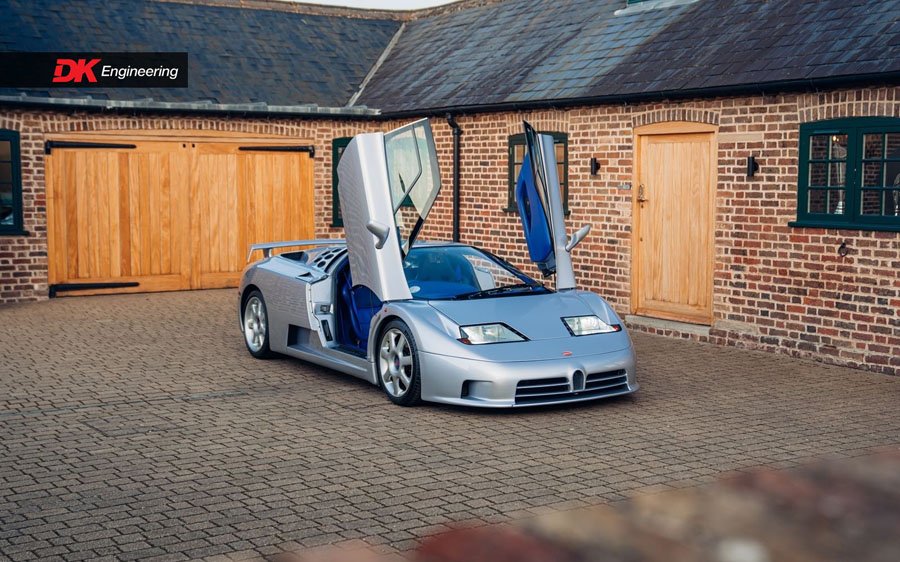
Perhaps even more significantly, 150kg was shed thanks to an array of lightweight carbonfibre body parts and a stripped-out interior.
New cockpit equipment included a carbonfibre dash fascia, carbonfibre bucket seats, four-point harnesses, a new three-spoke steering wheel, basic door panels, manual window winders and lightweight dimpled leather for the simplified transmission tunnel, sills, sidewalls, rear bulkhead and floors. That said, nothing was set in stone and customers could have their car configured with any combination of GT and SS parts.

Currently on offer at the DK Engineering showroom in Chorleywood, Hertfordshire, is the only EB110 SS (and the only EB110 for that matter) built in right-hand drive.
Chassis 39055 was a factory prototype created with a mix of SS and GT equipment but most importantly an SS power unit from new. Finished in Grigio Chiaro with blue upholstery, it was displayed at the 1994 Birmingham Motor Show, after which it returned to Bugatti’s Campogalliano factory to serve as a development mule.

After Bugatti folded in 1995, chassis 39055 was sold to the company’s former vice-chairman, Jean-Marc Borel, who formed the B-Engineering company. The car was subsequently subjected to a major refresh and sold in 2001.
The new owner then sent chassis 39055 to Dauer Sportwagen where a number of further enhancements were added and the engine was rebuilt to 645bhp tune. The car is now showing a little over 8500 miles and is offered in superb condition throughout.

